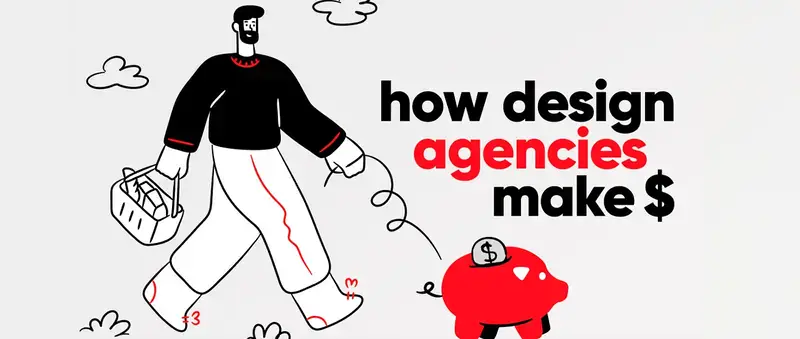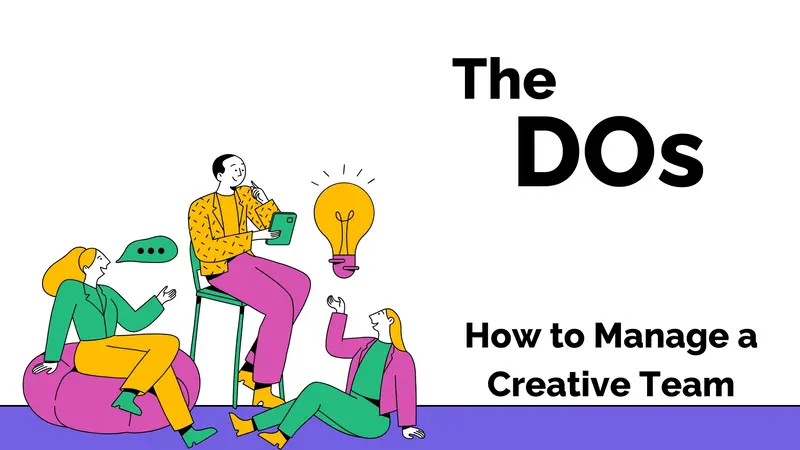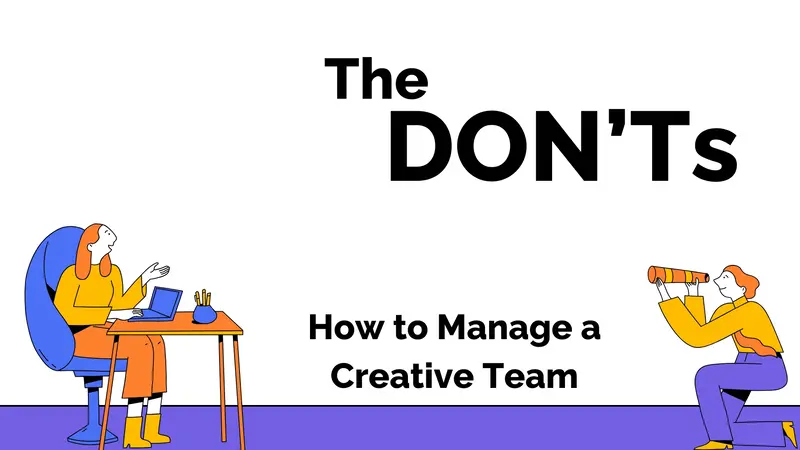Managing a creative team is like directing a rock band – everyone’s got their own style, their own rhythm, and their own creative genius. Some thrive on structure, while others need freedom to experiment; some love brainstorming sessions while others prefer a quiet corner with their noise-canceling headphones. And then there’s you – tasked with wondering how to keep the creative energy alive while ensuring deadlines don’t become abstract concepts.
That’s exactly what we’re diving into today. Let’s explore how to manage a creative team in a way that sparks inspiration, fosters collaboration, and delivers top-notch work – starting with understanding what creative teams really need.
Understanding Creative Teams and Their Needs
Managing creative teams isn’t like managing any other department. These are the visionaries – the ones who thrive on creation and turn ideas into reality. But with that talent comes diverse personalities and work styles, meaning leadership isn’t just about assigning tasks – it’s about cultivating an environment where unique ideas thrive.
Creativity doesn’t happen on command; it needs the right atmosphere. A strong leader inspires, supports, and challenges the team in a way that fuels their best work. And no, you don’t need to be the most creative person in the room – some of the best creative leaders aren’t. What matters is your ability to guide without micromanaging, push for excellence without suffocating creativity, and foster trust so that your team feels safe to take creative risks.
Get this balance right, and you won’t just get great work – you’ll build a team that’s engaged, motivated, and excited to create. So how do you make that happen?
How to Manage a Creative Team – All the Tips You Need
Firstly, I have to clarify that there’s no secret formula for managing creative people successfully. But there are a few guidelines that make things a whole lot easier. Let’s see what you can do to be the best creative team manager.
1. Include them in painting the project’s big picture
Creatives thrive when they understand the “why” behind their work. Involve them early in brainstorming and strategy discussions – not just execution – so they feel connected to the project’s vision. This boosts engagement and enthusiasm and sparks better ideas while fostering a sense of ownership. Treat them as problem-solvers, not just task-doers, and you’ll unlock a flood of fresh, innovative ideas from the very start of the project.
2. Encourage autonomy and flexibility (a.k.a be a Shadow Leader)
Great creative leaders know when to step back. Autonomy boosts motivation and job satisfaction, flexibility sparks innovation, and when creative employees feel trusted and respected, they take more pride in their craft.
Micromanaging every design choice or copy edit will only kill creativity. Instead, trust your team to own their work while you guide from the background. Set clear goals but let them decide how to achieve them. Finding the right balance between trusting your team members, setting strict guidelines, and directing the work’s course is key here.
3. Set creative guidelines and clear expectations
As weird as it sounds, creativity flourishes within structure when it’s the right kind. Give your team a clear creative direction and deadlines while allowing them to chart their own course. So, to keep projects aligned without suffocating imagination, establish a strong framework:
- The Brief: A well-crafted brief sets the stage for success. It should outline project goals, key messages, target audience insights, and must-haves while still leaving room for creative interpretation.
- Style Guides: Think of them as a creative playbook, a set of ideas for best practices ensuring consistency in branding, tone, typography, and visuals.
- Standards: Establish clear standards for quality, work ethics, and deadlines upfront. It creates a structure that guides team members when not sure how to act further. When everyone is on the same page, revisions decrease, productivity increases and creativity thrives.
4. Focus on promoting collaboration, not competition
Creativity isn’t a race – it’s a team sport. While a little friendly competition can be motivating, a cutthroat atmosphere only breeds tension. Instead, foster collaboration by encouraging idea-sharing, group brainstorming, and cross-disciplinary teamwork.
Celebrate collective wins, not just individual achievements, and make sure everyone feels like they’re contributing to something bigger than themselves. When creatives support and inspire each other rather than compete, the work (and the workplace) becomes infinitely better.
5. Cultivate a creative environment
Great ideas don’t happen in rigid, uninspiring spaces. Your team needs an environment, both physically and culturally, that fuels their creativity. Design a creative process and a workplace that encourage experimentation, curiosity, and even failure without fear of judgment.
Support their creative process through mood boards, the office interior, creative workshops, team-building activities, or simply by giving them space to recharge. A culture of creativity leads to fresher ideas and a happier, more engaged team.

6. Effective communication and feedback
Creative work thrives on open dialogue. Your team needs clear, constructive, and timely feedback – but it shouldn’t be one-sided. Promote a culture of continuous conversation where team members feel comfortable sharing ideas, seeking input, and giving feedback to each other.
Make critiques specific, actionable, and framed to inspire improvement rather than discourage. When communication is a two-way street, trust strengthens, collaboration deepens, and the quality of work reaches new heights.
Now, let’s talk about what not to do when managing creative teams.
1. Don’t, just don’t micromanage
Nothing kills creativity faster than feeling like someone is constantly looking over your shoulder. Your team was hired for their talent and expertise – trust them to do what they do best. Instead of being pedantic over every detail, focus on setting clear expectations and giving constructive feedback when necessary. Give them space to explore, make decisions, and own their work, and watch them grow more confident, motivated, and more, well, creative.
2. Don’t let things loose
While micromanaging is a no-go, letting everything run wild is just as harmful. Creativity thrives within structure and without it deadlines slip, miscommunication grows, and projects lose direction. The key is to strike a balance: provide enough structure to keep things on track while allowing flexibility for creativity to flourish. Think of yourself as a guide, not a dictator – steering the team without restricting their thinking.
3. Don’t mix up responsibilities and tasks
Creatives excel when they work within their strengths. Designers aren’t copywriters, and copywriters aren’t project managers. While collaboration is essential, blurring roles can lead to frustration, inefficiency, and lower-quality work.
Avoid last-minute “just handle this” requests that pull them away from their expertise. Instead, define roles clearly, communicate changes properly, and provide support when responsibilities shift. When everyone stays in their lane, the team runs smoothly – and the results speak for themselves.
4. Don’t let the pressure and stress influence your attitude
Tight deadlines, last-minute changes, and demanding clients are part of the game. But as a leader, your energy sets the tone. If you’re stressed, reactive, or short-tempered, that tension ripples through the team.
Instead, try to stay composed, solution-focused, and supportive – even in high-pressure moments. A calm, positive approach reassures your team, keeps morale high, and helps them produce their best work – no matter the challenges.
► Bonus Tip: How to manage a remote creative team
Managing creative teams remotely comes with its own set of challenges, but it can be just as dynamic and collaborative as an in-person setup. The key? Intentional communication and a strong digital workflow.
• First, set clear expectations – deadlines, workflow, availability – so everyone knows what’s expected of them. Use project management tools like Kitchen.co, Asana, or Notion to keep tasks organized and avoid miscommunication. Regular check-ins help maintain alignment, but keep meetings purposeful – no one loves a cluttered calendar.
• Next, foster connection beyond just project tasks. When creative people feel isolated, collaboration suffers. Keep the team spirit alive with virtual brainstorms, casual chats, or even a dedicated Slack channel for inspiration and banter. The stronger the bond, the smoother the collaboration.
• And finally, respect work-life balance. In a remote setup, boundaries can blur, making it easy to overwork. Encourage team members to log off when they’re done, and avoid late-night messages that add unnecessary pressure. A well-rested team is a more creative and productive one.
With these principles in place, you’ll have a successful, creative team that will feel supported, motivated, and empowered to produce their best work.
Bottom line?
Managing creative teams isn’t just about keeping projects on track – it’s about leading with trust, inspiring collaboration, and creating an environment where your team members thrive. Strike the right balance between planning and structure, freedom and communication, and you’ll have a team that delivers great work and enjoys the process as well. Because at the end of the day, a happy, empowered creative team is the real secret to success.
If you’re interested in further improving your creative agency management skills, these articles will certainly help you:











